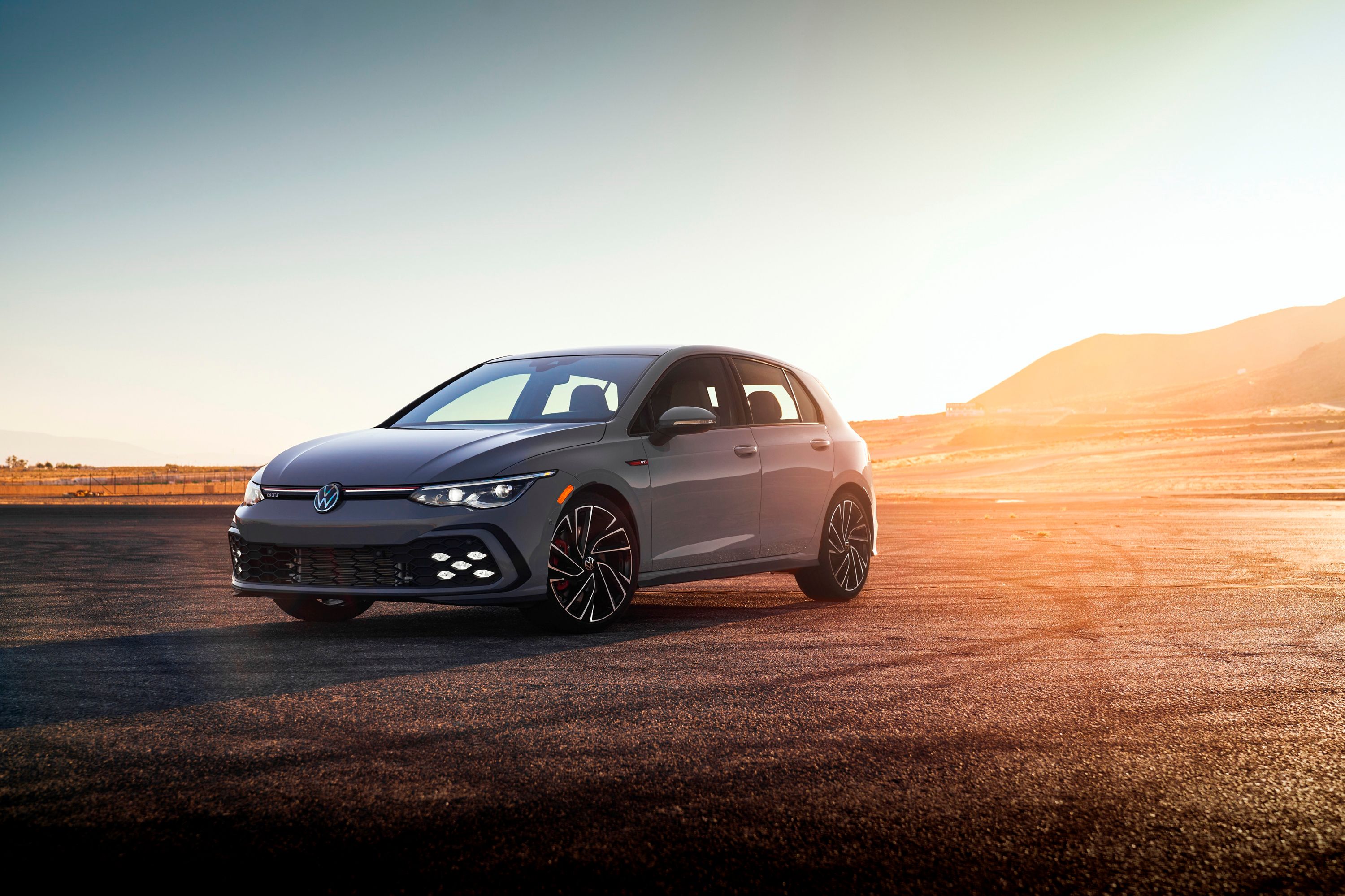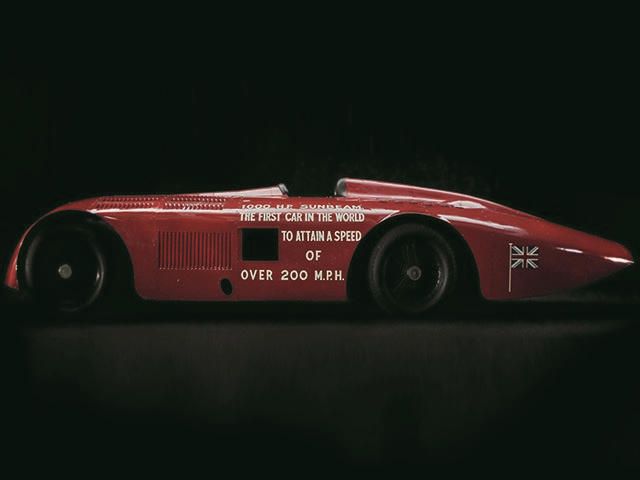
Everyone knows that the first car to break the 200 mph barrier was the Ferrari F40 in 1987. However, the F40 was only the first road car to reach this milestone. In fact, the first 200 mph run took place 60 years before the F40 was born. This year, the first 200 mph car will celebrate the 90th anniversary of its record-breaking run. The car is known as the Sunbeam 1000hp, and it currently resides in the For Britain and For The Hell Of It display at the National Motoring Museum in the UK. Unfortunately, it hasn't been started in over half a century.
This incredible car was powered by two Sunbeam Matabele V12 aero engines. Each 22.5-liter engine produced 435 hp which combined to drive the rear wheels through a three-speed gearbox and chain drive transmission. It didn't quite make 1,000 hp, but this was still an impressive machine.
The car will be restored starting on March 29th, and it'll be quite a task as the engines, for example, have severe damage thanks to internal corrosion. "Upon inspection, it was clear that the engines were corroding from the inside out," said the National Motor Museum's Senior Engineer Ian Stanfield. "Left untouched, in ten years' time they would have deteriorated to the point when they couldn't be rebuilt. I wasn't prepared to let that happen." Fixing the engines was a difficult task which required a fork lift truck to remove them. The driver sits between the front and rear engines, which creates a really unique driving experience. The car weighs over three tons, but has a long, streamlined body that earned it the nickname "The Slug."
On March 29th in 1927, 30,000 people gathered at Daytona Beach to watch Major Henry Segrave set a land speed record in the Sunbeam 1000hp. On the first run, Major Segrave faced strong winds that forced him to drive into the ocean to slow the car down. Amazingly, he was still able to hit 200.668 mph on this first run, and 207.015 on the return run. These runs were then averaged for a speed of 203.792 mph. We love that this motoring icon will be restored to its original glory, and anyone who wants to see it can visit the National Motoring Museum.

